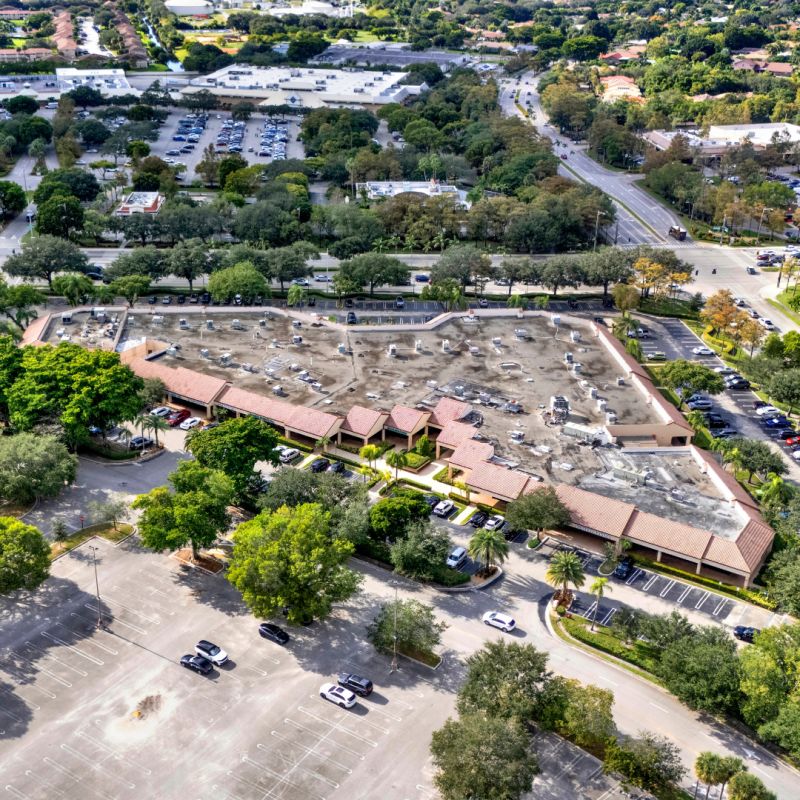T
he Real Estate Revolution: How Tokenized Assets Are Redefining Investment
In the ever-evolving landscape of finance, a seismic shift is underway. Traditional investment vehicles like REITs and real estate ETFs are being upended by the emergence of tokenized real estate – a game-changing model that's democratizing access to property markets while promising unparalleled liquidity and transparency.
At its core, tokenized real estate transforms high-value assets into smaller, tradable units, unlocking benefits such as fractional ownership, improved liquidity, and real-time visibility. This innovative approach is poised to disrupt the status quo, addressing many of the limitations inherent in conventional investment models.
Early attempts at real estate tokenization focused on fractionalizing direct ownership of single properties via traditional legal structures. However, these efforts largely failed to capitalize on the potential benefits of blockchain technology, such as scaling real estate investment and making the U.S. market more accessible to global investors.
Newer approaches, like Manifest's $USH token, are structured specifically to benefit from blockchain scaling and deliver global access. Backed by Home Equity Investments in U.S. residential housing, $USH enables seamless, on-chain access to institutional-grade real estate with the liquidity and efficiency of tokenized assets and the appreciation potential of private equity real estate.
This approach addresses many barriers that have prevented global investors from accessing the U.S. real estate market, such as high transaction costs, operational burdens, complex taxation, management overhead, illiquidity, and geographic restrictions.
Comparing Tokenized Real Estate to Traditional ETFs
One critical point of comparison is liquidity. While traditional ETFs benefit from high liquidity during regular market hours, tokenized real estate facilitates continuous trading that operates 24/7, allowing investors to respond to real-time market shifts.
Transparency and technological integration further distinguish the two approaches. Blockchain technology ensures that every transaction is recorded on a secure ledger that cannot be modified, providing unparalleled transparency and minimizing the risk of fraud and human error.
Regulatory environments and cost structures are also considerations. While traditional ETFs operate within a long-standing regulatory framework that offers predictability and security, tokenized real estate has the potential to lower costs by eliminating many intermediaries.
Advantages and Limitations of Tokenized Real Estate
Tokenized real estate democratizes access to typically hard-to-access assets by enabling fractional ownership, opening the market to a broader array of investors. The continuous liquidity on decentralized platforms and enhanced transparency afforded by blockchain technology enable fractional ownership and collateral for borrowing and portfolio margining.
Smart contracts automate risk management and asset reallocation, allowing investors to pledge fractions, earn income, and optimize leverage. They effectively bridge traditional with decentralized finance through continuous trading and transparent records.
For investors, tokenized financial products introduce 24/7 liquidity, seamless global settlement, and direct programmability. These features have bolstered growth in DeFi and stablecoins – a $350 billion combined market – over the past few years.
A Balanced Approach May Benefit Investors
As the ETF market evolves, we will likely see a growing integration between traditional finance and DeFi, making real-world assets more accessible to global investors. In the future, as more products like $USH bring real assets and securities on-chain, ETFs will be built and managed entirely on blockchain networks.
Investors will be able to craft their ETFs with precise asset mixes and control while retaining the ETF structure's tax advantages. As regulatory clarity improves and technological advancements continue, tokenized real estate will likely gain broader acceptance among institutional and retail investors.
The continued development of decentralized finance applications could further enhance the value proposition by offering additional revenue streams and increased control over investments. For wealth advisors, this evolving landscape presents opportunities and challenges, necessitating a careful evaluation of each model in light of individual client goals, risk tolerance, and the desire for innovation.














